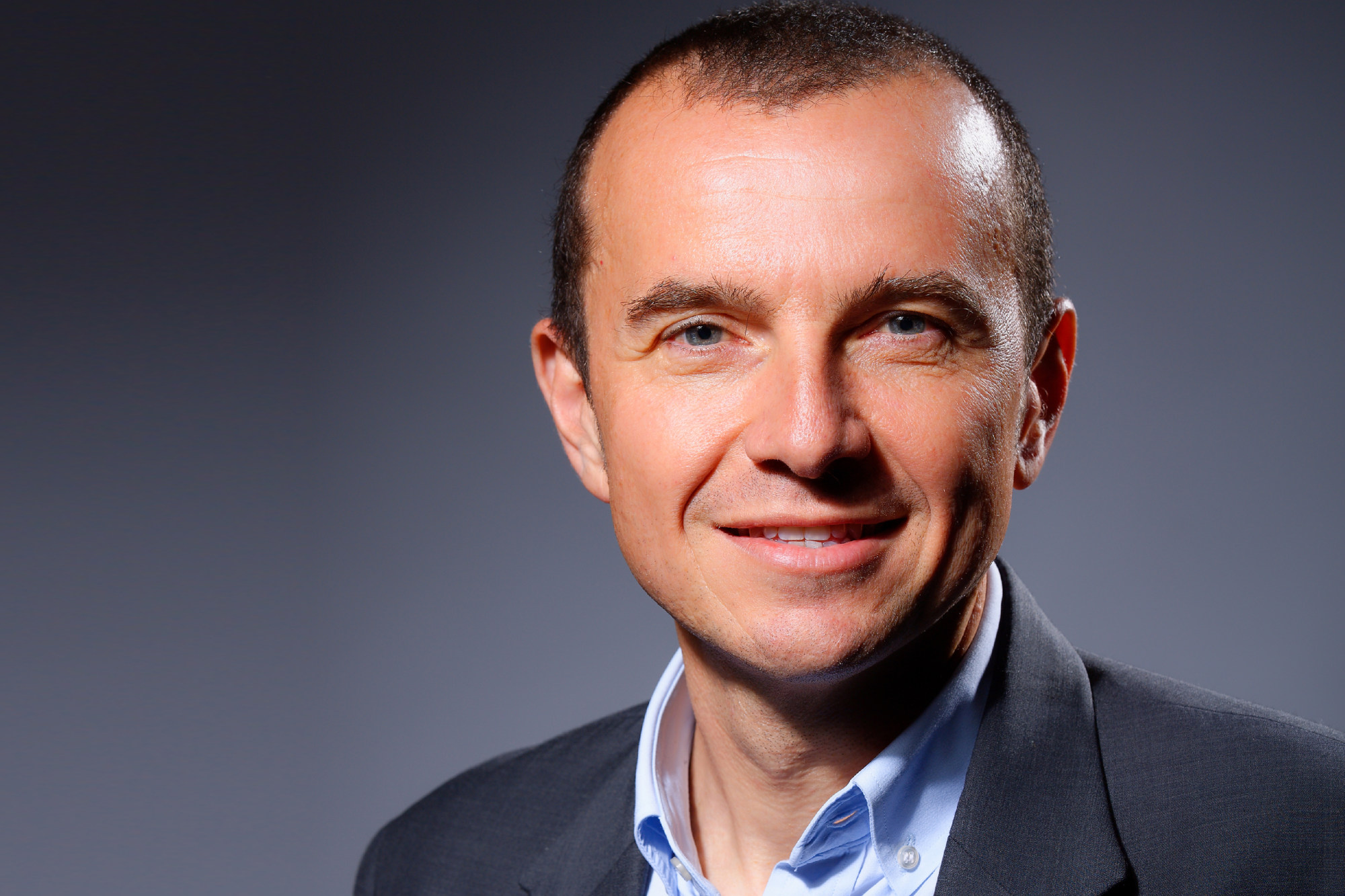The world is missing out on a significant amount of relatively easy decarbonisation opportunities, something it can ill afford to do given that the transition to low-carbon energy supply will take decades to achieve, according to Schneider Electric.
Countries, companies and citizens should step up demand-side efforts to curtail energy consumption and reduce carbon footprint, said Olivier Blum, executive vice-president at the French digital automation and energy management firm. The good news, he added, is that the technology to do so already exists.
These technologies can drive electrification of home and transport energy use, revamping of industry processes, and circularity of materials used in manufacturing, he said. Examples of demand-side measures to cut carbon include the use of digital technology and smart sensors to switch appliances off or into power-saving modes, better insulation of buildings and the use of heat reflecting technology to reduce the need for air conditioning.

“We know it is complicated and difficult to go through the decarbonisation journey, but there are many solutions available today,” Blum said. “Let’s look at what we can do in the next three years to have a significant impact.”
Under the 2015 Paris Agreement, global leaders committed to take measures to contain global warming at well below 2 degrees Celsius and strive to keep it at 1.5 degrees. The world has warmed 1.2 degrees by early 2021 from pre-industrial times based on multi-decade averages, according to the World Meteorological Organisation.
Three proven and cost-effective strategies can deliver over 80 per cent of the carbon emissions reduction needed by 2030 to align with the 1.5 degree goal, the International Energy Agency said in September: doubling the annual rate of energy efficiency improvements, sharply boosting the deployment of electric vehicles and heat pumps, and a 75 per cent cut in methane emissions by the energy sector.
Heat pumps are efficient heat transfer systems that can eliminate the need for fossil-fuel-based heating systems. Methane is a heat-trapping greenhouse gas 25 times more potent than carbon dioxide.
Energy efficiency in buildings, appliances and machines has increased by 1 per cent annually over the last few decades thanks to better materials and design, Lars Havro, senior clean tech analyst at Norway-based consultancy Rystad Energy, said on Wednesday.
Cop28: what stance will China take on coal, renewable energy commitments?
Cop28: what stance will China take on coal, renewable energy commitments?
“However, this trend needs stronger regulations and policy incentives to accelerate to the levels required to align with the most ambitious climate scenarios,” he wrote.
‘Adopt a different mindset’: Cop28 chief wants fossil fuels part of climate deal
‘Adopt a different mindset’: Cop28 chief wants fossil fuels part of climate deal
Scope 1 refers to emissions emitted by facilities controlled by a company. Scope 2 emissions arise from purchased energy. Scope 3 emissions are those attributable to suppliers and customers.
Reporting and target setting requirements for scope 3 emissions, which make up the bulk of the emissions for most companies, will be phased in from 2025. This will prove challenging for many companies, especially smaller ones, due to complexity of supply chains and the need for suppliers to cooperate on providing data.
Asian investors face hurdles in directing capital to mitigate climate risks: report
Asian investors face hurdles in directing capital to mitigate climate risks: report
Schneider Electric has worked with 40 per cent of the Fortune 500 companies on decarbonisation initiatives, he said.
The key to success for scope 3 data collection lies in proactive engagement with suppliers and helping them acquire the knowledge and tools they need, he added.
“You cannot achieve this overnight, and you need to do it step by step,” he said. “Some companies have shown great success in the past three years.”


